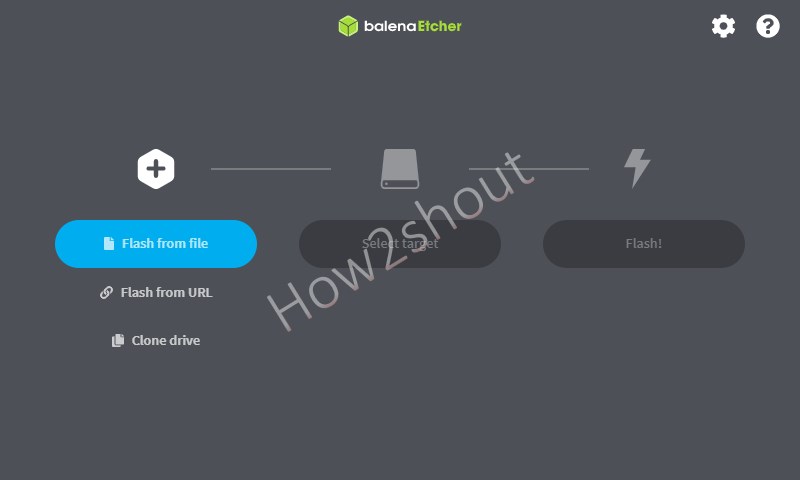

Select VHDX file format, and then select Dynamically expanding (Recommended). Save it there with your preferred file name, and set a size for the VHD - 30 GB is enough for testing. Browse to the location where you want to save the VHD. Open Disk Management, and select Action > Create VHD. In fact, they're based on the digital signature of the main OS, regardless of how many additional installs you have on a single PC. The space on the hard drive is shown in terms of 512-byte blocks and starting and ending cylinder numbers, so you may have to do some math to determine the available space between and at the end of allocated partitions.

With the Windows 10 digital licensing Microsoft introduced in version 1511, if you use the same edition of Windows 10 as the activated main OS, additional side-by-side installations are automatically activated. Use the fdisk p sub-command to verify that there is enough free space on the disk to create the new swap partition. No partitioning, additional disks or virtualization are necessary, and it works for every edition of Windows 10. The easiest way to add an additional Windows 10 image to a multiboot system is to create a VHD, install Windows 10 on it and boot it up. The VHD is stripped down to use the minimum services and startup items, leaving all other resources to the video editing software. IT must set it up to capture videos on the main OS, then boot to the Windows edition installed on a native boot virtual hard disk (VHD). A low-end laptop that can't handle video editing when the user boots it normally, for example, requires attention. A Windows 10 dual boot is also useful in situations where the user's device is short on resources.


 0 kommentar(er)
0 kommentar(er)
